Alright – so today we’ve got the honor of introducing you to Eric Messinger. We think you’ll enjoy our conversation, we’ve shared it below.
Eric, thanks for joining us, excited to have you contributing your stories and insights. How did you learn to do what you do? Knowing what you know now, what could you have done to speed up your learning process? What skills do you think were most essential? What obstacles stood in the way of learning more?
LEARNING THE CRAFT…
Make mistakes! There are no shortcuts! Whether you do figurative or landscape work, learn and practice drawing or painting the structures and find the medium that best suits your temperament.
For me, that medium was powdered charcoal and charcoal pencils. I spent years doing practice sketches to learn how to create the illusion of three dimensions within the limitations of paper and pencil. This process involved drawing different body parts in various positions, emotions, and lighting, to better understand how each structure created shadow and light. This foundation was how I learned my craft. Powdered charcoal is an excellent medium for creating an abstract shape. As my mind works in three dimensions, the charcoal powder is my “block of clay.” I can use subtractive and sculptural techniques with erasers and charcoal pencils to allow each character to come forth.
KNOWING WHAT YOU KNOW NOW, WHAT COULD YOU HAVE DONE TO SPEED UP YOUR LEARNING PROCESS?
For many years, I would rush my drawings and paintings to completion. I was willing to claim a piece finished even though anatomical or perspective errors remained. Working in that manner nurtured some bad habits and made me doubt my artistic vision and abilities. When my frustration grew, I would look for other mediums or subjects with which to work. I looked for a shortcut so I did not have to address my skill gaps. After a brutal and honest look at my work, I did practice studies of every anatomical and perspective issue I had. This process was not a “one and done”; I spent over a year reviewing, drawing, and focusing on improvement. If I had been willing to focus on this at the beginning of my artistic journey, I would have saved myself many years of doubt and sub-par work. I tell younger artists these days, “your artistic time should be 60 to 70% practice and 30 to 40% time working on finished pieces.”
WHAT OBSTACLES STOOD IN THE WAY OF LEARNING MORE?
Me! My early artistic teachers promoted creative expression over the learning of artistic skills. My understanding that craft needed to join with creativity came only after many years of my work failing to live up to what I internally knew that I could create.

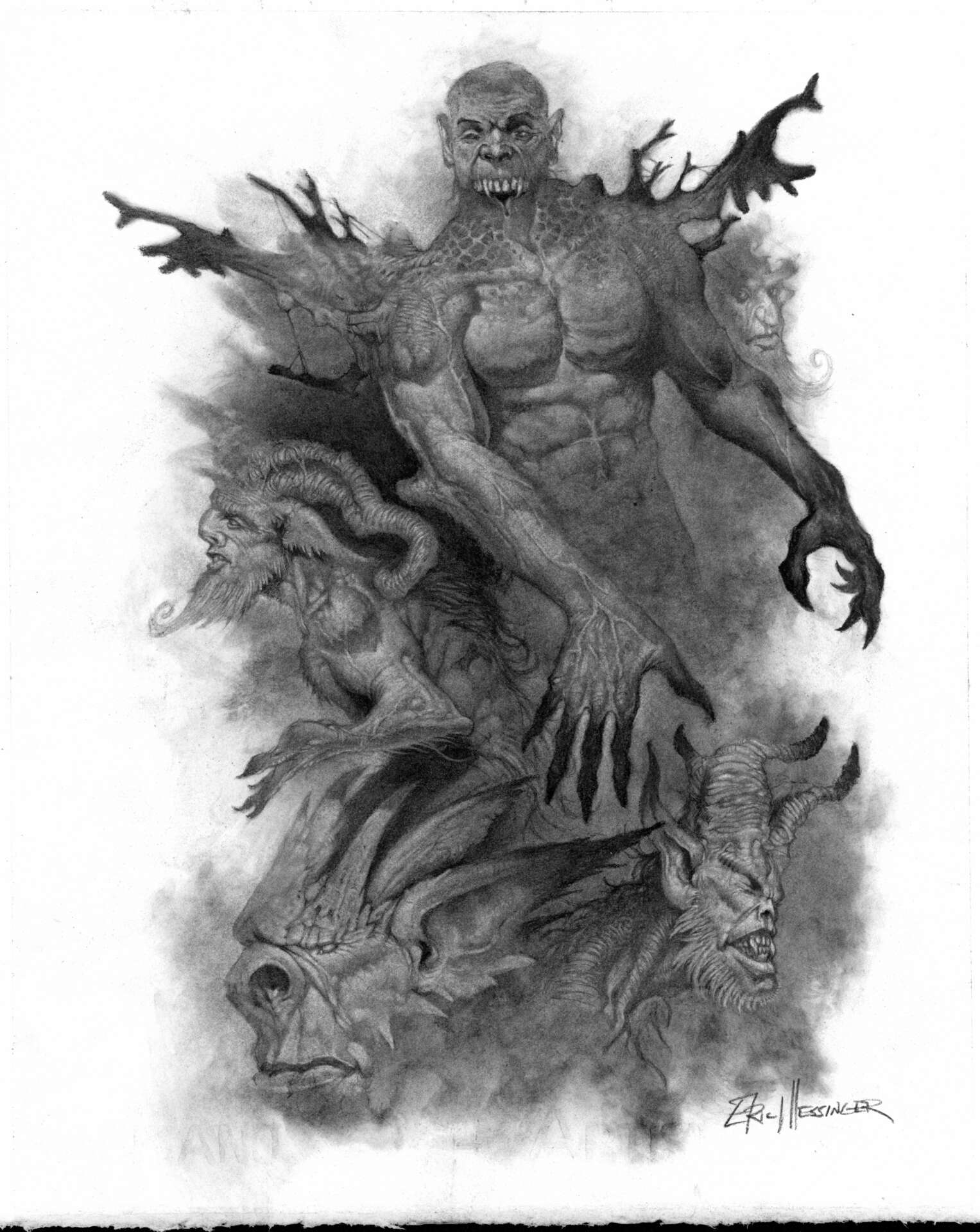
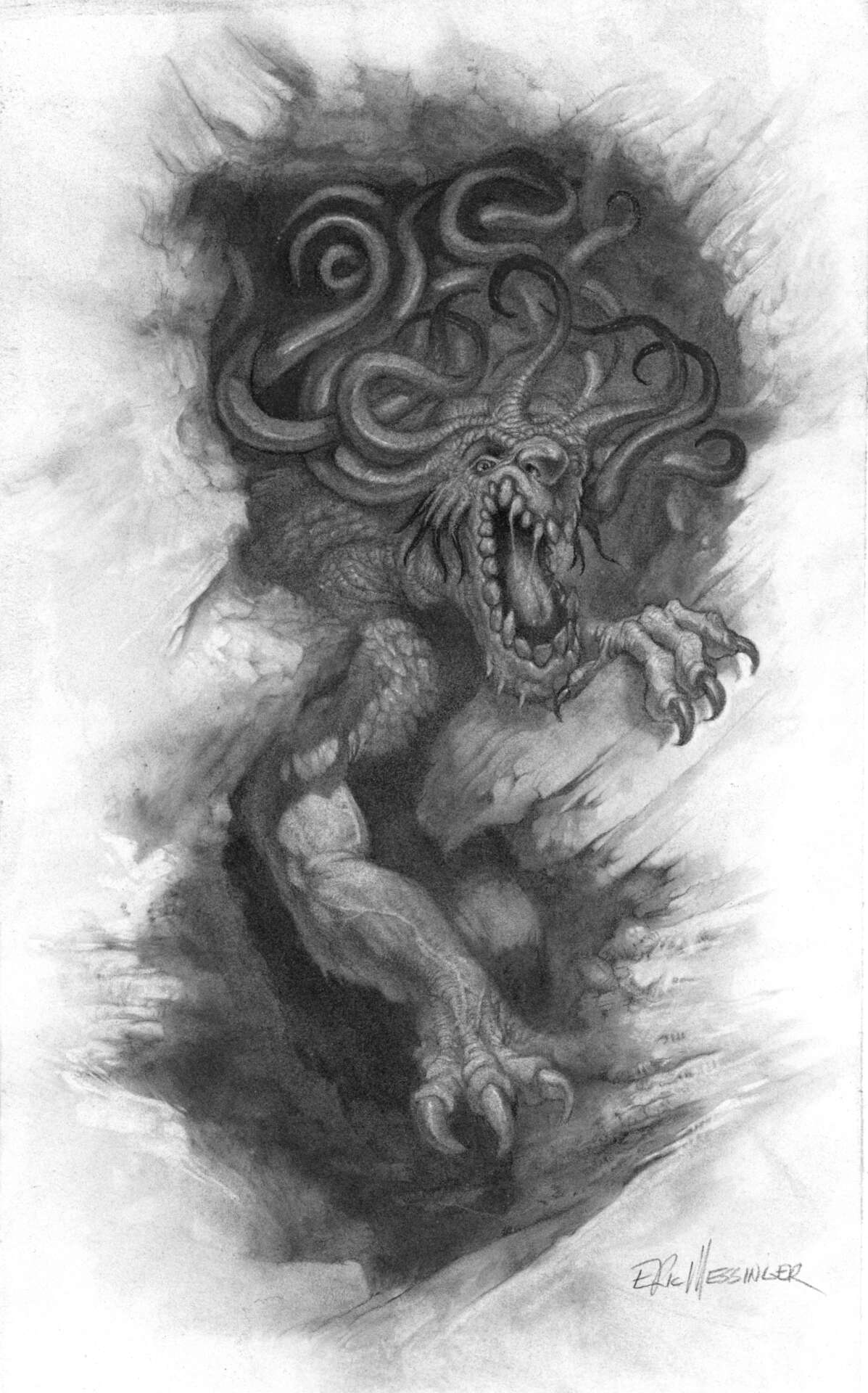
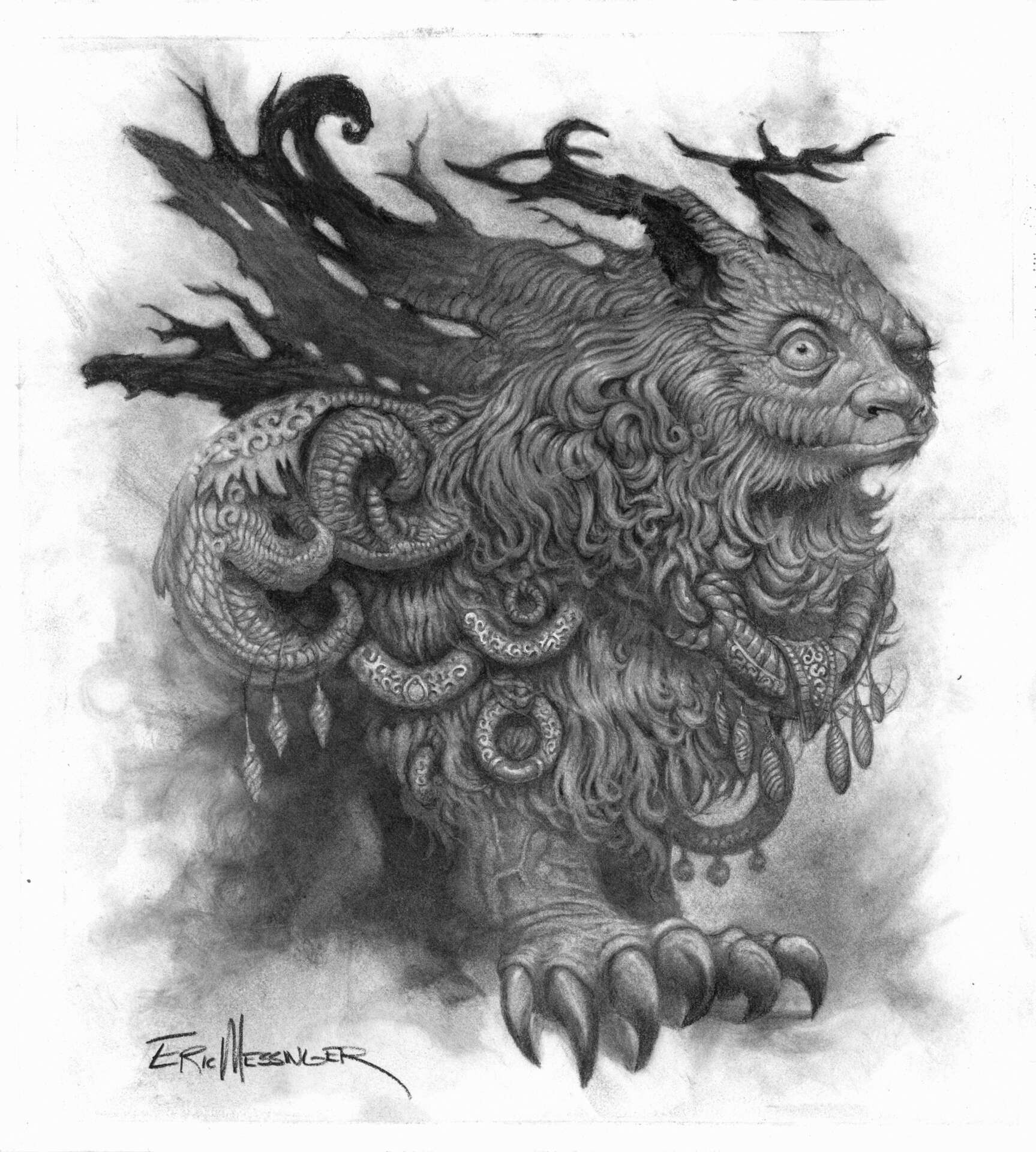
Eric, love having you share your insights with us. Before we ask you more questions, maybe you can take a moment to introduce yourself to our readers who might have missed our earlier conversations?
ABOUT ERIC
HOW DID YOU GET INTO YOUR INDUSTRY, CRAFT, ETC.
Ever since I can remember, I have loved monsters and “things that go bump in the night.” My early doodlings turned into penciled comics when I spent six weeks in bed during the sixth grade. When Dungeons and Dragons came out, the monsters of my internal landscape had a new place to manifest. I not only became the Dungeon Master; I also drew everyone’s characters.
Because of my background in comics and monsters, a friend of a friend introduced me to Image Comics. I became a colorist there in the early 1990s. After the industry went belly up, I took my digital skills into graphic design. I now own and run a graphic design and advertising studio. To balance the amount of time I spent on the computer, I went back to paper and pencil in my artistic work. After working in pencil for several years, I wanted a medium that would more easily lend itself to abstract shapes and darker darks.
This desire led me to charcoal powder and pencils. Each piece starts as a charcoal powder abstract. I then explore the abstract shape and form, waiting to see different creatures within the structure. I follow and work the charcoal powder with brushes and erasers. These tools bring the individual forward. Some have a darker intent, while others come to express their humanity. As each creature is unique, its interaction with the viewer is also singular. These beings within the paper and charcoal also resonate with those who most need or want them. My work is a bridge between beings on the other side of the veil who wish to come forth, manifested into this world and our home.
My family and I live in the high desert of southeastern Arizona, surrounded by mountains that look like dragon’s teeth, hideouts used by the original people of the area, and wild west characters looking to escape the law. My artwork can be seen on Instagram/Facebook, in several book anthologies, and in galleries where I sell my work.
For you, what’s the most rewarding aspect of being a creative?
The most rewarding aspect of an artistic, creative life is seeing the results of my time practicing my craft. Occasionally, I will take out pieces of work and assemble them in a timeline by year. In this way, I can see my growth. I am surprised to see how the hours of practice have helped me level up my work’s quality. I am continually in awe at the flow of creativity when working with charcoal and paper. It is a magical feeling to be so present in the creative process that when I look back on a completed piece, I am unsure of the exact steps to achieve the outcome. This flow and function are intensely exciting. Even if I did not sell another piece of art within my lifetime, it wouldn’t matter. Watching and interacting with charcoal and the characters on the paper drive me, excite me, and motivate me. I am obsessed with finding out who will appear next because each time I approach the page, it is both familiar and new.
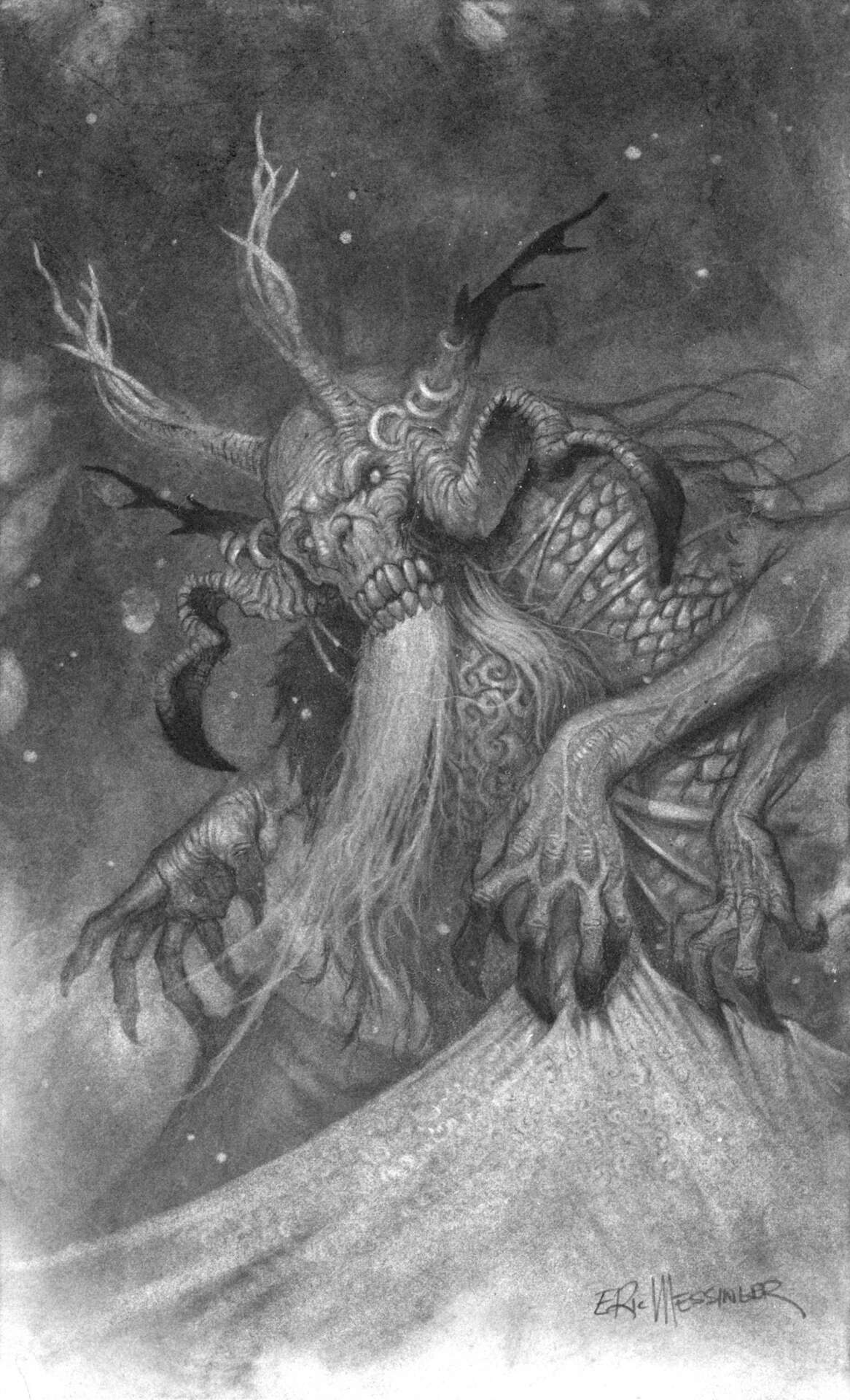
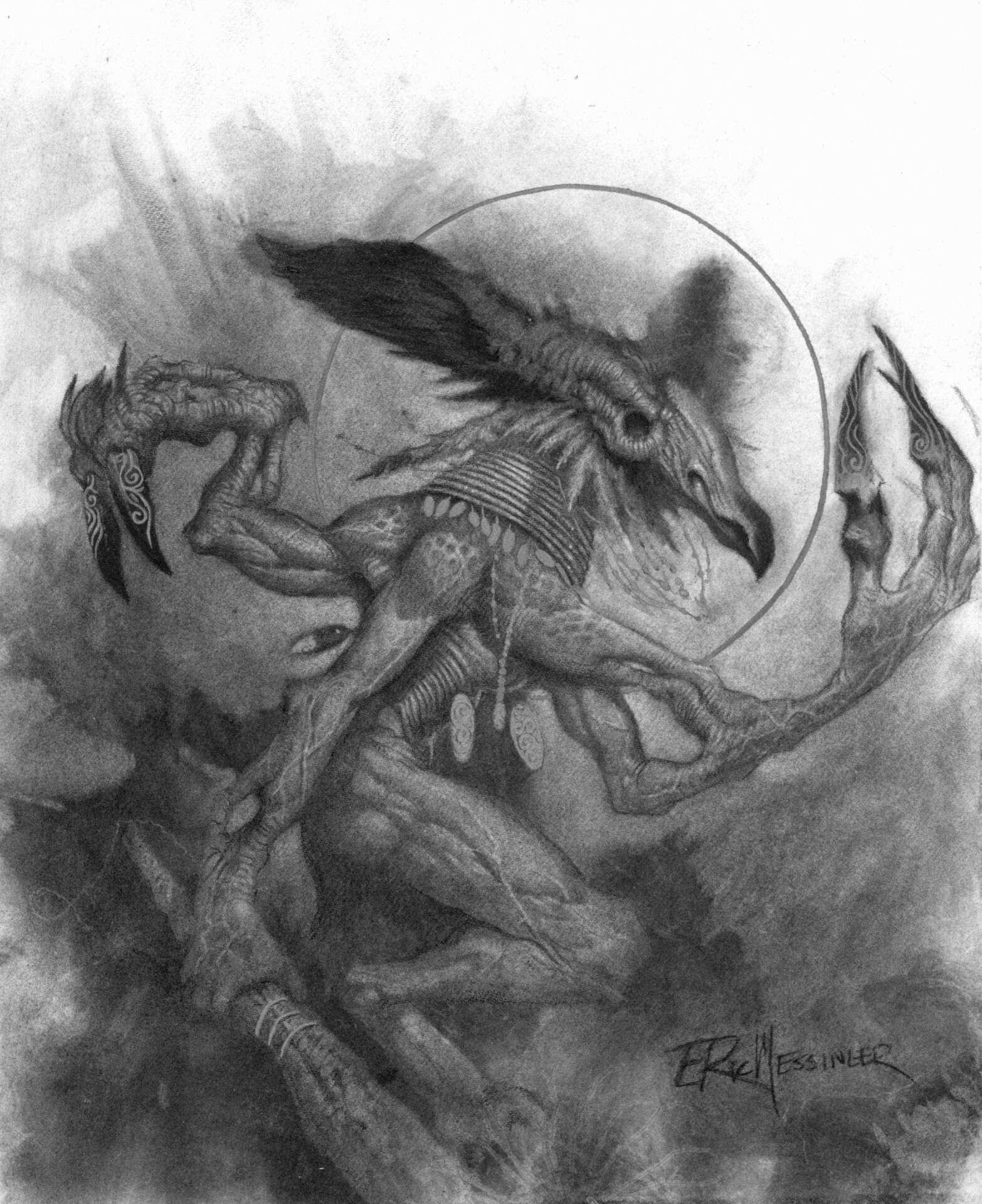
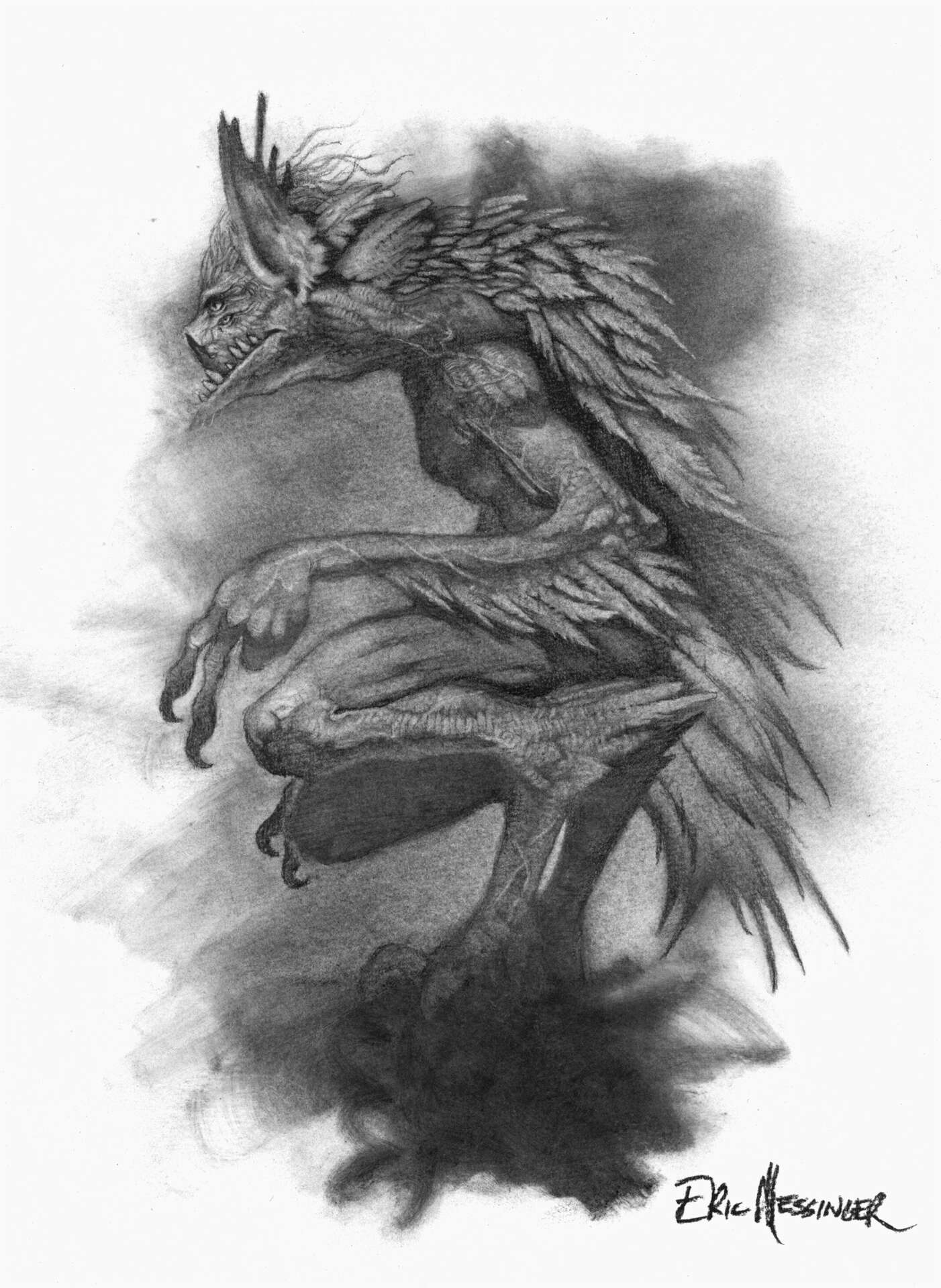
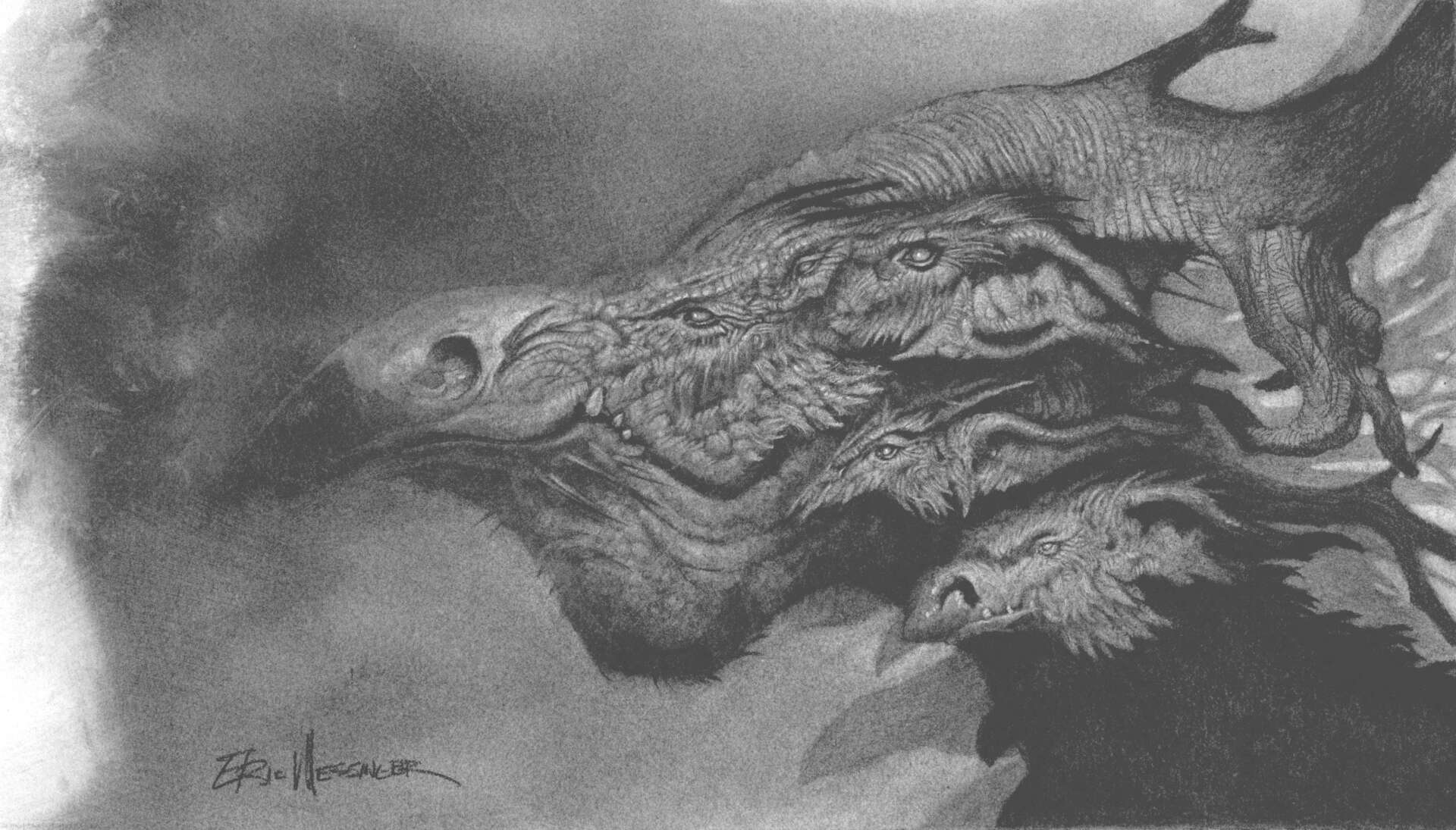
How about pivoting – can you share the story of a time you’ve had to pivot?
I worked as a graphic designer and art director for a large corporate entity for ten years. By the end of the tenure, I was burned out and wanted to pursue my artwork full-time. I attended several “business of art” workshops and conferences to prepare for my course change. Based on the feedback of my work at the time, the experts recommended that I needed to participate in as many Comic Cons as I could to build my brand. One year later, I quit my corporate job, used most of my savings, participated in at least one Comic-Con per month, and made very little money. I was angry and discouraged that even after putting my heart and soul into this transition, the result (me making at least a small income from my art) had not manifested. So, I pivoted again and focused on growing my graphic design and marketing company. This shift took the monetary pressure off. Once that was relieved, I could reflect upon the fact that I was making art that was not my most authentic voice. I was only mimicking the voices of others. A few years before the pandemic began, I returned to working with pencil and paper. This time of introspection and experimentation allowed my voice and style to come forward. This shift back to what I find most exciting about making art-starting with abstract shapes and exploring the unknown in every piece has helped me find my voice, place, and success in the artistic world. I now do only a select few Comic Cons and shows each year. I look for collectors of original work (I do not make prints), and I continue to grow in my craft.
Contact Info:
- Instagram: ericmessingerart
- Facebook: The Art of Eric Messinger
- Youtube: Eric Messinger @ericmessinger1361
Image Credits
Eric Messinger


